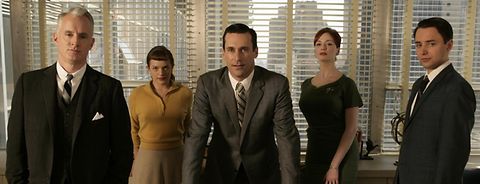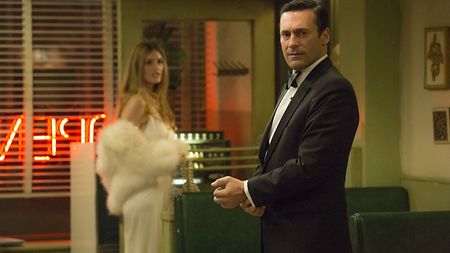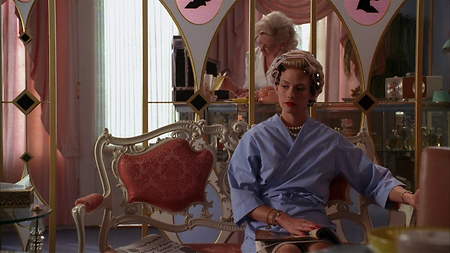After seven celebrated seasons and four Emmys for Best Drama, "Mad Men" concluded as the 60s decade came to a close. For six of those seasons, Christopher Manley ASC served as director of photography. His cinematography on "Mad Men" garnered four Emmy nominations and two ASC nods. Starting in 2012, he also directed episodes from each season. Manley recently received another Emmy nod for his cinematography work on "The Secret Life of Marilyn Monroe." We talked to Manley about shooting "Mad Men"´s striking look, the switch from film to ALEXA and his jump to the director's chair.
How would you describe the look of the show?
The camera language of the film was set up in season one by Phil Abraham and we more or less adhered to that. They did a lot of low angles, which tends to make the characters look heroic. Also, they liked fluorescents in the ceiling of the office as a compositional element. Before I joined the show, I watched the whole first season in one day. The camera vocabulary they were using was from the period. All the lenses were a moderate range: 25 mm for wide shots, 50 mm for medium and 75 mm for close-ups which weren't even that close, more like MCUs (medium close-ups). They weren't giving anyone haircuts, they kept it pretty loose, which is a very old-fashioned style. I liked that a lot and the whole discipline of it all, because not many television shows did that. They didn't cut very often and they let the shots play out, which I liked very much. These are the reasons why it felt very period. I continued with that when I started and we agreed that we shouldn't move the camera in a way that it could not move in the 1960's, so we never used Steadicam until season six.
And lighting the show?
The lighting has evolved over the years. When I started season two, I studied the lighting from season one and found it to have a more classic Hollywood studio look. I tried to emulate that as much as possible. In getting to know Matt and learning his tastes, I discovered that he didn't really like that and wanted a more naturalistic look. That lighting style is my preference and so I started doing more of that -- using more window light, more soft source lighting. When we started, we were in 1961-62 and we went all the way up to 1969. Coincidentally, that's what happened during that time in cinematography as well. They moved away from harder Fresnels, film stocks became faster, more bounce lights were being used. It all coincided with what cinematography was doing in the 1960's, which was fortunate and interesting.
Switching to the ALEXA in season five helped me to do that because we could go more naturalistic and use more found lighting. We started using smaller units and more bounce lights because the chip was so sensitive, but not so much in the offices because the light level there was dictated by overhead fluorescents. I have to build up to that level, but in the other sets like characters’ homes, hotels, bedrooms, etc., I was using more practicals and motivated practicals, along with very small units to supplement the practicals. I love doing that.







